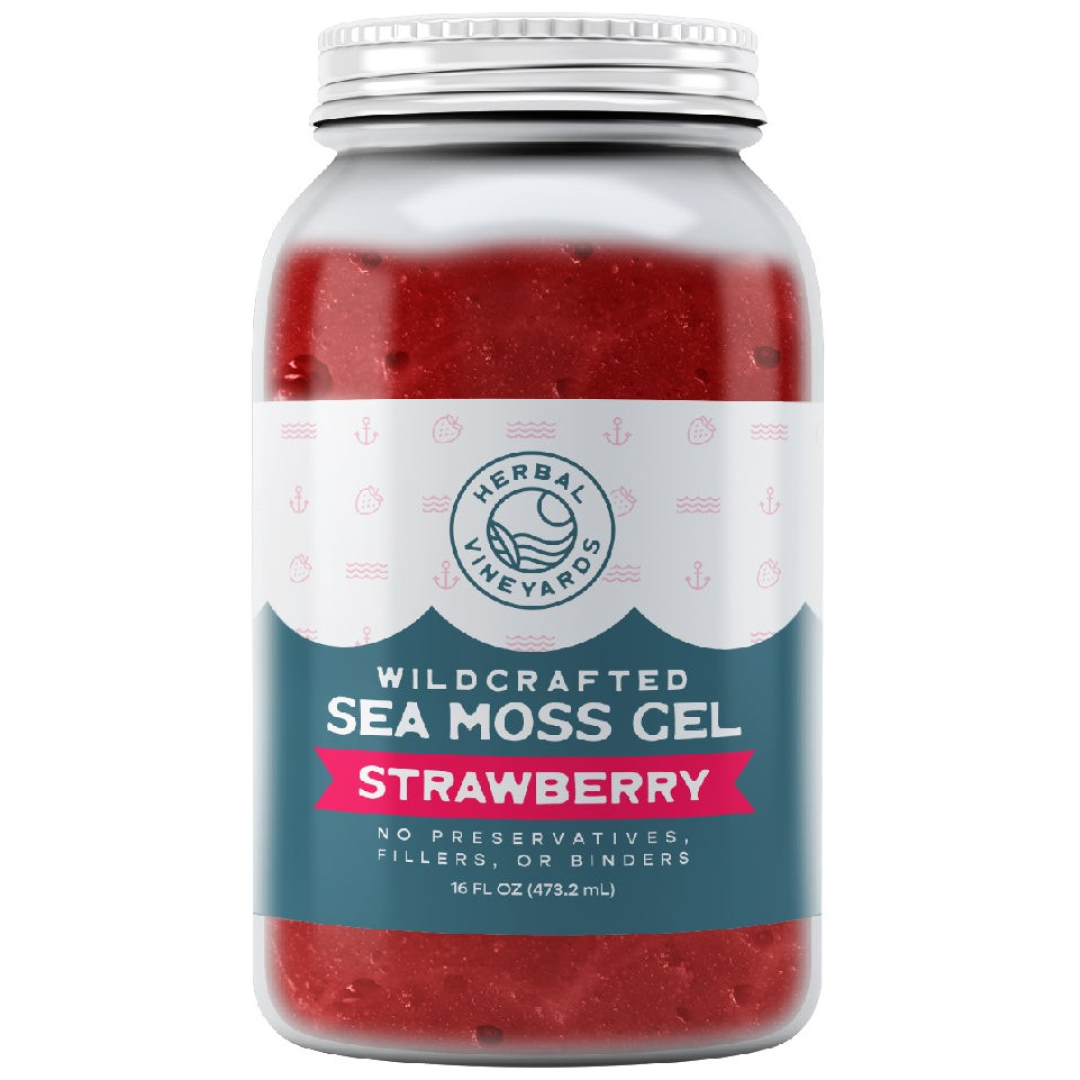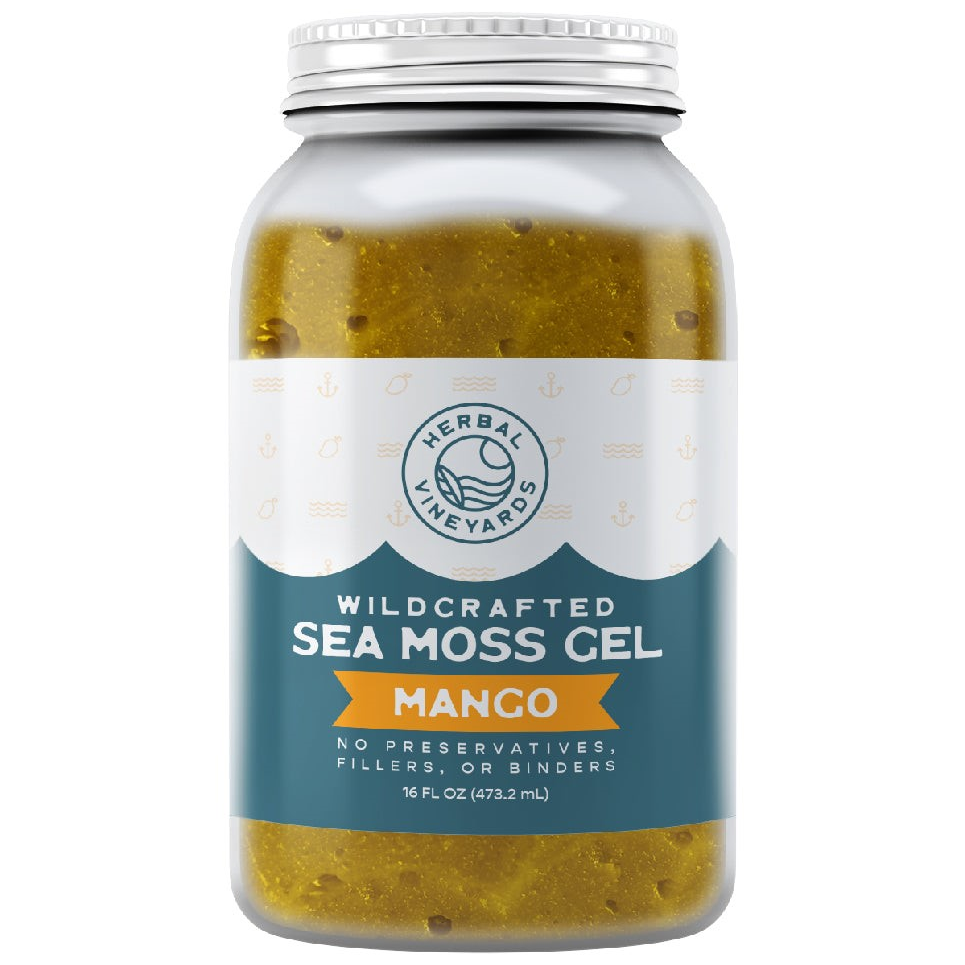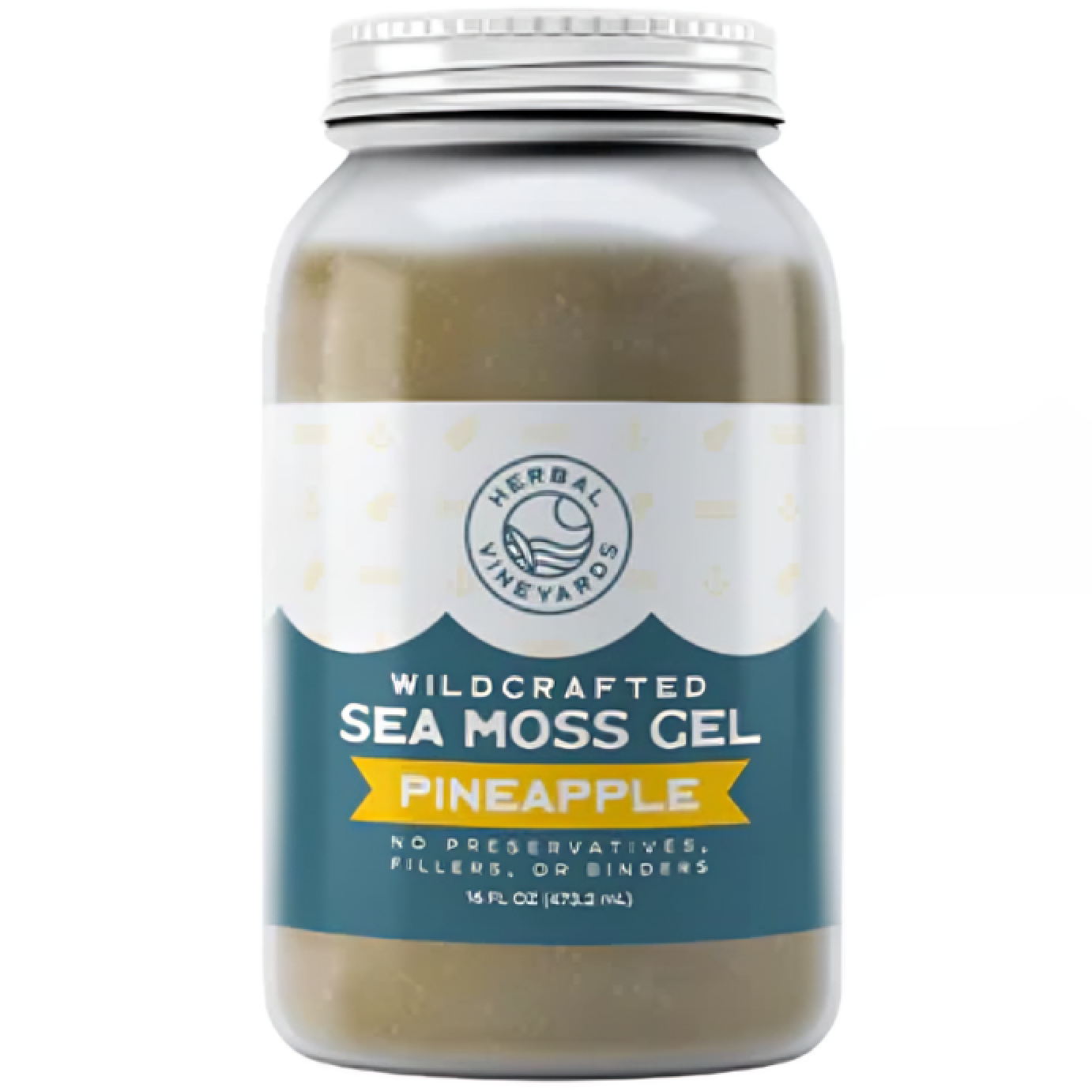Tips to Spot the Best Sea Moss
Sea moss is rapidly becoming a popular superfood due to its remarkable benefits for our overall well-being. However, with all the hype around this ocean wonder, it becomes difficult to differentiate between good and bad sea moss.
Here are some tips and tricks to help you decide which sea moss is the real deal and which one is just making a profit for the sake of selling fake and substandard products.
What Does It Appear Like?
What does your sea moss look like? Is it roughly the same size and thickness all around?
The development of sea moss is unique. Examining the product allows you to determine if it was cultivated in a pool or collected from the sea. It's similar to distinguishing between homegrown or organic produce and supermarket produce.
Sea moss that grows in the ocean will vary in thickness in different areas. Moreover, the entire seaweed body will differ in both length and density.
Is it Salty?
Surface salt can naturally form, but the grain size and flavor indicate the authenticity of the moss.
Sea moss takes in salt water during its growth. As a result, when it becomes dry, this shows on the surface.
Is your sea moss gently sprinkled with fine salt, resembling icing sugar? If the salt crystals resemble rock salt or table salt, it is likely not genuine.
Are There Other Types of Seaweed Mixed In It?
Sea moss cultivated in the ocean sometimes has random fragments of a different type of seaweed. Seaweed that has become intertwined with the sea moss harvest is subsequently removed after collecting. Sea moss might still contain a few wisps, though they are uncommon.
Apart from sea moss, there are no other types of seaweed present in pools and tanks. Moreover, pools do not contain sand or 'ocean sediment' present in sea moss, which makes distinguishing the authentic from the synthetic quite easy.
Does It Contain Debris?
Genuine sea moss includes sand grains and various ocean waste, which can readily be removed during the soaking procedure. However, pond-cultivated moss will not contain sand, ocean stones, or debris.
Is there a Variation in Color or Tone?
Sea moss that has developed naturally in the ocean might exhibit some color variations or subtle tonal differences. This can assist in recognizing counterfeit sea moss effortlessly.
Naturally grown seaweed exhibits variations in tone. Sea moss that has the exact same color might be counterfeit or, even worse, artificially bleached.
The hue of sea moss naturally changes. The golden-white hue is a result of certain processing. Natural light is usually employed in this procedure.
Following sun-drying, sea moss may frequently show color variations based on its hue. When sea moss is bleached, it exhibits a consistent white look. You won’t see any slightly darker areas that appear overly processed.
Buy 100% Organic, Wild-Crafted Sea Moss Products at Herbal Vineyards!
At Herbal Vineyards, we make sure all our products are made using 100% organically sourced wild-crafted sea moss so that you can reap the complete benefits of sea moss without having to worry about it being processed with dangerous chemicals. Shop online and begin your journey to rejuvenation today!







